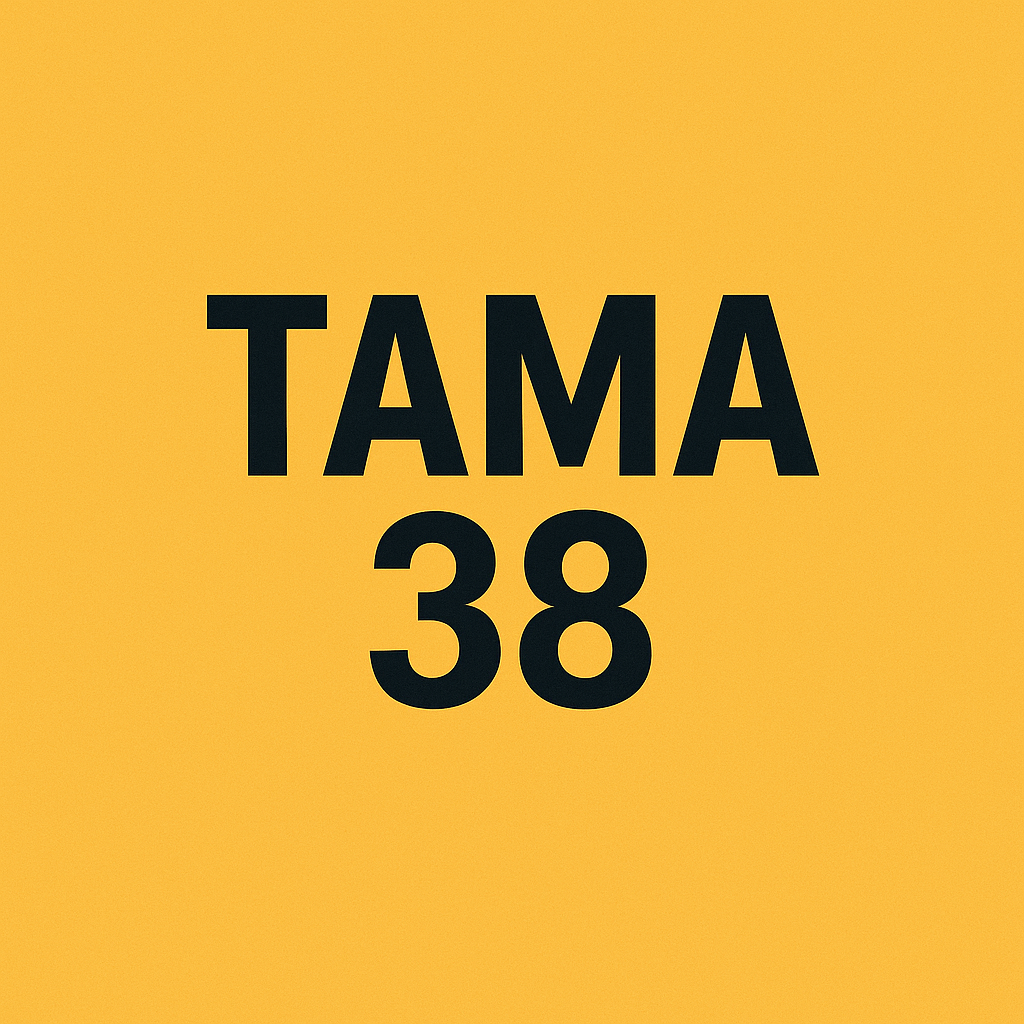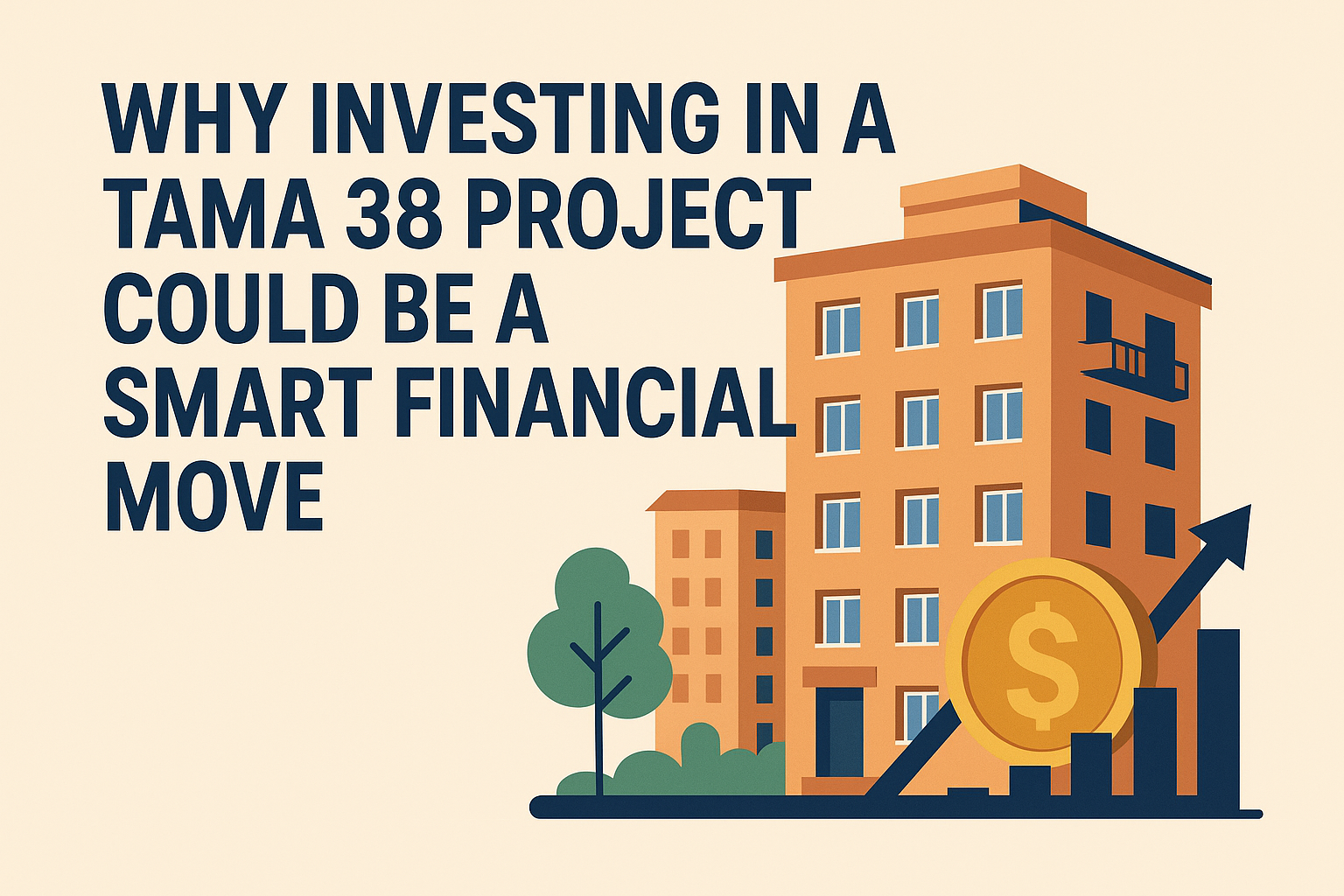Tama 38 (תמ”א 38 in Hebrew, which stands for “Tochnit Mitar Artzit 38” or “National Outline Plan 38”) is a unique Israeli urban renewal program that was established in 2005. It was originally created as a response to concerns about earthquake preparedness in older Israeli buildings, but has evolved into a significant mechanism for urban renewal and housing expansion. Here’s a comprehensive explanation:
Core Purpose and Origins
Tama 38 was initially developed after experts determined that thousands of residential buildings constructed in Israel before 1980 would not withstand a significant earthquake. Rather than demolishing these buildings entirely (as in Pinui-Binui projects), Tama 38 provides a framework for retrofitting and upgrading existing structures while adding new residential units.
How Tama 38 Works
The basic concept involves a mutually beneficial arrangement between property owners and developers:
- For existing apartment owners: Their building is structurally reinforced against earthquakes, renovated, and upgraded with modern amenities (typically elevators, security systems, protected rooms/mamad, parking solutions, and improved infrastructure), at no direct cost to them.
- For developers: In exchange for providing these improvements, developers receive building rights to add additional floors on top of the existing structure and/or expand existing apartments. They sell these new units at market rates to finance the entire project and generate profit.
Two Main Types of Tama 38 Projects
Tama 38/1 (Strengthening)
- The existing building remains intact and is reinforced
- Additional floors are built on top of the existing structure
- Existing apartments are typically expanded by enclosing balconies or adding protected rooms
- Elevator shafts and other amenities are added to the building
- Less disruptive for existing residents who typically remain in their apartments during construction
Tama 38/2 (Demolition and Reconstruction)
- The entire building is demolished and rebuilt from scratch
- New, modern building is constructed with more apartments than the original
- Original residents receive larger apartments in the new building
- More similar to Pinui-Binui but typically involves a single building rather than a neighborhood
- Requires temporary relocation of existing residents during construction
Economic Model
For the project to be financially viable:
- Developers typically need to add at least 2-3 new floors or significantly expand the building’s footprint
- The value of new units must cover construction costs, improvements to existing units, and profit margin
- Market value in the neighborhood must be high enough to support the economics
Benefits Over Traditional Pinui-Binui
- Faster implementation: Generally involves fewer stakeholders and simpler approval processes
- Less displacement: In Tama 38/1 projects, residents often stay in their homes during construction
- Individual building approach: Can proceed building-by-building rather than requiring entire block agreement
- Lower threshold for approval: Requires agreement from 66% of apartment owners (compared to higher thresholds in early Pinui-Binui projects)
Challenges and Limitations
- Limited timeframe: The program has been extended several times but is transitioning to newer urban renewal frameworks
- Economic viability: Only works in areas with high enough property values to justify developer investment
- Municipal resistance: Some cities have restricted Tama 38 due to concerns about infrastructure strain
- Uneven implementation: Concentrated primarily in central Israel and higher-value neighborhoods
- Construction disruption: Even in Tama 38/1, residents face significant construction noise and disruption
Current Status
The original Tama 38 program was set to expire in October 2022, but has been extended in various forms. Many municipalities are transitioning to local urban renewal plans that incorporate elements of Tama 38 while providing more municipal control over development density and infrastructure planning.
Tama 38’s Impact on Israel’s Housing Market
Tama 38 has been one of Israel’s most successful urban renewal programs, resulting in:
- Tens of thousands of apartments strengthened against earthquakes
- Significant housing unit additions in established urban areas without consuming new land
- Modernization of aging housing stock
- Neighborhood revitalization in many urban centers
- Creation of elevator access and accessibility features in older walk-up buildings
The program represents a creative Israeli solution to multiple challenges: earthquake preparedness, housing shortages, and urban renewal, all accomplished primarily through private sector financing rather than public funds.

